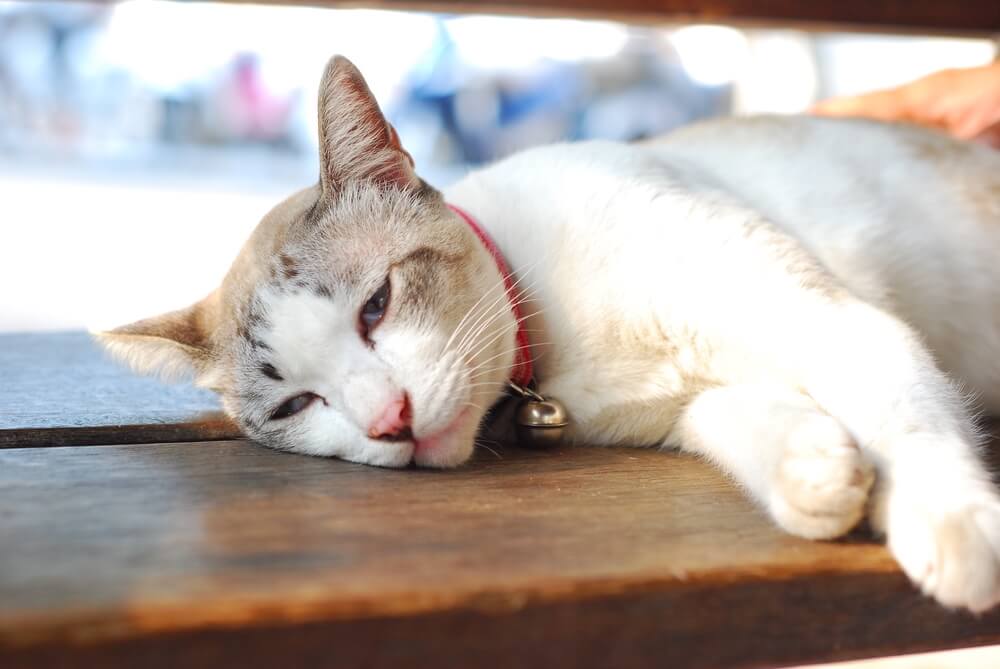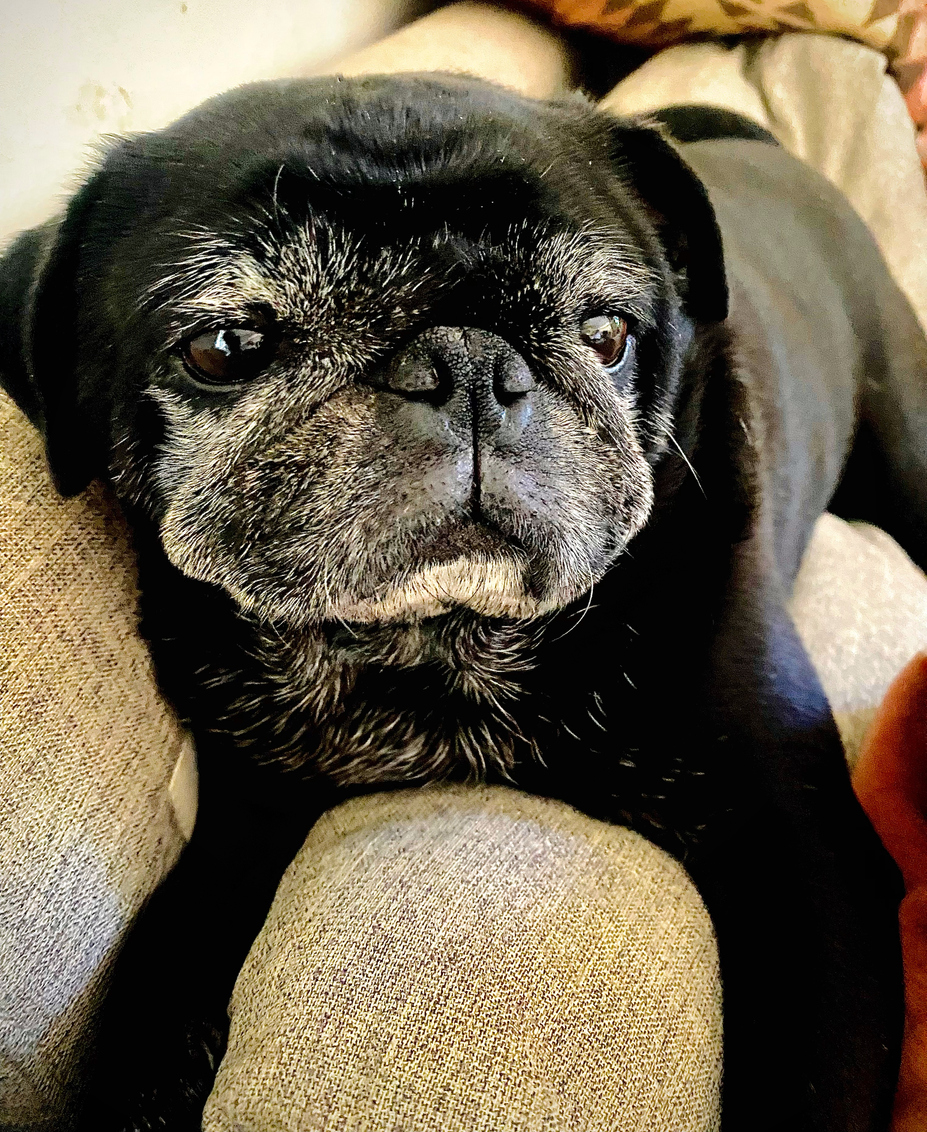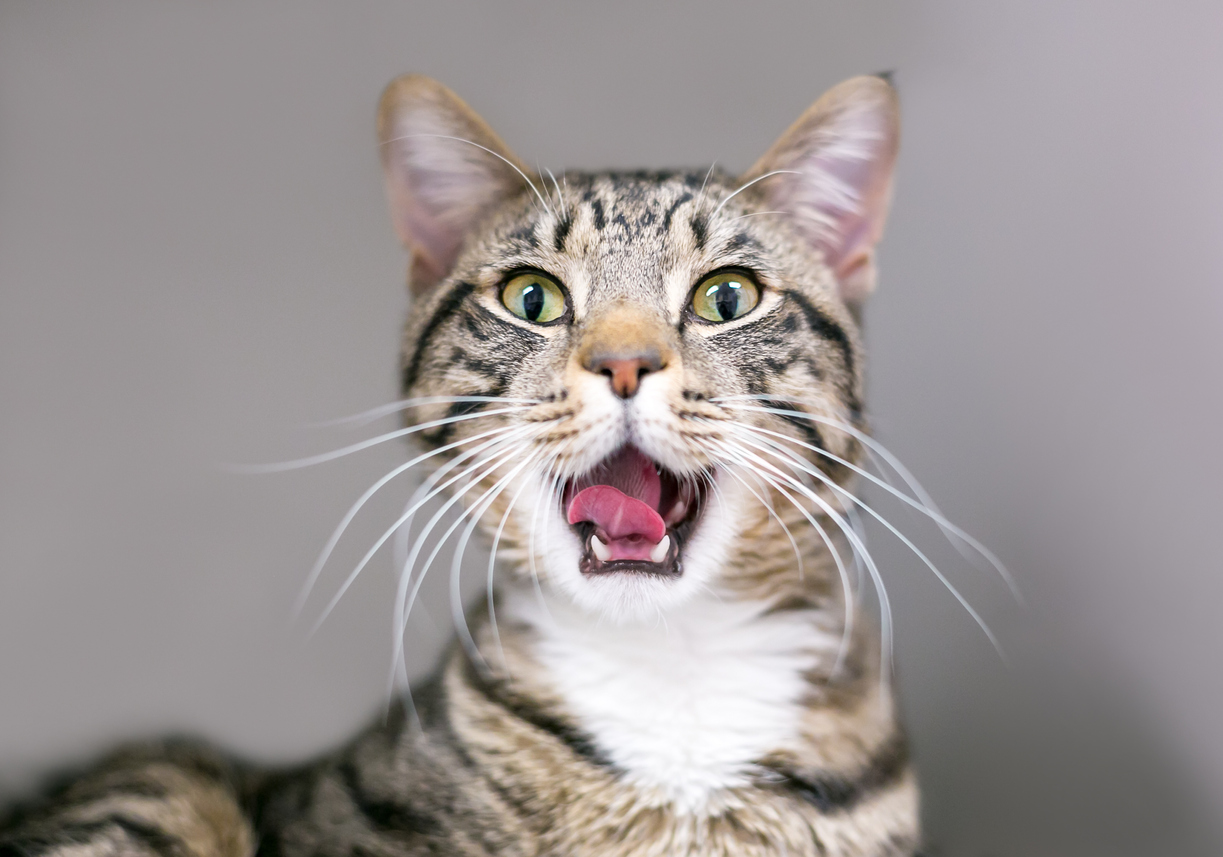Seizure
What is a seizure?
Seizures are one of the most frequently reported neurological conditions in dogs. A seizure may also be called a convulsion or fit, referring to a temporary involuntary disturbance of normal brain function that is usually accompanied by uncontrollable muscle activity.
What causes seizures?
There are many causes of seizures. Idiopathic epilepsy, the most common cause of seizures in the dog, is an inherited disorder, but its exact cause is unknown. Other causes include liver disease, kidney failure, brain tumors, brain trauma, and toxins. Seizures often occur at times of changing brain activity, such as during excitement or feeding or as the pet is falling asleep or waking up. Affected pets can appear completely normal between seizures.
What happens during a typical seizure?
Seizures consist of three components:
- The pre-ictal phase (aura) is a period of altered behavior in which a pet may hide, appear nervous, or seek out its owner. It may be restless, nervous, whining, shaking, or salivating. This may last a few seconds to a few hours. This period precedes the seizure activity as if the pet senses that something is about to occur.
- The ictal phase can last from a few seconds to several minutes and can vary in appearance. The ictal phase can range from mild changes in mental awareness, such as a dazed look, mild shaking, staring aimlessly, and licking lips, to a complete loss of consciousness and body function. If the dog experiences a grand mal, or full-blown seizure with loss of consciousness, all the muscles of the body move spastically and erratically. The pet usually falls over on its side and paddles its legs while seeming to be otherwise paralyzed. The head will often be drawn backward. Urination, defecation, and salivation may occur. If the seizure has not stopped within five minutes, the d is said to be in status epilepticus or prolonged seizure (see below).
- During the post-ictal phase or the period immediately after the end of the seizure, there is confusion, disorientation, salivation, pacing, restlessness, and/or temporary blindness. There is no direct correlation between the severity of the seizure and the duration of the post-ictal phase.
How can I help my veterinarian determine the cause of my cat's seizures?
By carefully observing your cat during a seizure, you can provide valuable information to your veterinarian about the types of disease that may be causing the problem. Information about your cat's lifestyle and history may also be important, including:
- What age did the seizures begin and are they getting worse?
- Are the seizures intermittent or do they occur at regular intervals?
- What is the frequency and duration of seizures?
- Have you noticed any association between the seizures and sleep, excitement, feeding, etc.?
- Are there any other signs of illness (e.g., poor appetite, excessive drinking, reduced exercise, etc.)?
- Has your cat received any medications or supplements recently, including any flea control products or over-the-counter deworming medicine?
- What diet and nutritional supplements are given?
- Has there been any access or exposure to poisons or toxins?




